This semester, a handful of faculty members flew to far-off corners of the planet to share their expertise with other professionals and colleagues around the world. Here are summaries of their experiences.
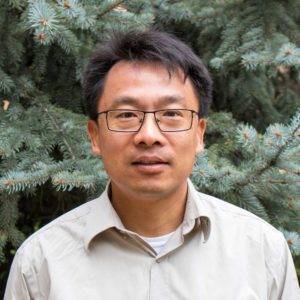 Yu Wei
Yu Wei
Forest Ecosystems is a major forestry research journal sponsored by Beijing Forestry University. The journal also sponsors two research workshops each year by inviting forest scientists around the world to give presentations, participate discussions, and submit manuscripts to the journal.
I was invited as a keynote speaker to the September workshop along with 11 other forestry scientists from the USA, Russia, Germany, India, Brazil, Finland, and Spain. I presented research on “Gains in Minnesota from Spatially-Explicit Collaborative Planning Involving Site and Landscape Level Details.” Global forest subjects such as climate change, economics, ecology, remote sensing, fire, timber management, and biodiversity were discussed during the workshop. Some group members also attended a field trip to the Jiaohe forest in northeast China.
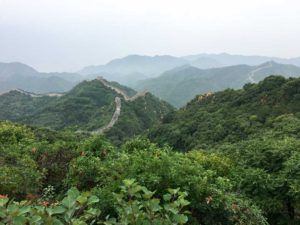
The Great Wall of China (Photo courtesy of Yu Wei)
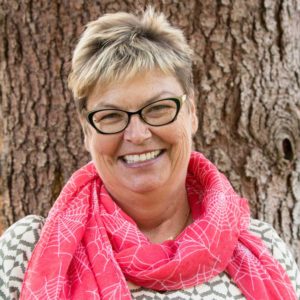 Ursula Quillmann
Ursula Quillmann
I was part of the first annual “Spanish and Culture Immersion Course” held at the Colorado State University Todos Santos Center in Baja California Sur, Mexico, from Oct 29 to Nov 3. The Spanish immersion part of the course included five hours of language learning each day. The culture immersion part included visits to a traditional ranch and to a turtle conservation site. Other cultural activities were centered around the Dia de Muertos (Day of the Dead) holiday. My motivation for participating in this immersion course was to prepare me better for the Study Abroad Oceanography Lab course that I teach in the summer at the CSU center in Todos Santos.
We took the opportunity while in Mexico, to pilot a science kit “Plankton to Plastic Pollution” in two local schools in Todos Santos. We developed the kit as part of an Undergraduate International Studies and Foreign Language Grant (UISFL) “Globalizing the Curriculum: Preparing Students for a Changing World” from the U.S. Department of Education awarded to CSU. The kit targets students in grades 4-12 and engages them in hands-on science learning. Students learn where plastic comes from and how plastic behaves once it ends up in the ocean environment. The plastic kit will stay at the CSU center in Todos Santos and will be part of a science outreach program.
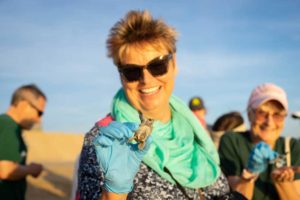
Turtle conservation (Photo courtesy of Ursula Quillmann)
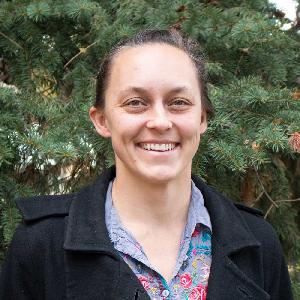 Camille Stevens-Rumann
Camille Stevens-Rumann
In Barcelona, Spain I presented on considerations for planting trees following wildfires in a one-day workshop put on by the Pau Costa Foundation. This workshop was aimed at fire managers in the Catalunya region to better understand where and how better integration between science and management could be achieved. The next week in Coimbra, Portugal at the 8th International Conference on Forest Fire Research I presented on a review of tree regeneration following wildfires across the western US and the driving factors of regeneration patterns.
Coimbra, Portugal houses one of the oldest universities in the world, established in 1290 and moved to its current location in 1537. Students must wear formal robes and dress for many occasions and can often be seen walking the cobblestone streets in their regalia. On the fire side, Mediterranean Europe has experienced many large and catastrophic wildfires in the past couple years, with Portugal particularly badly hit last year with close to 100 fatalities.
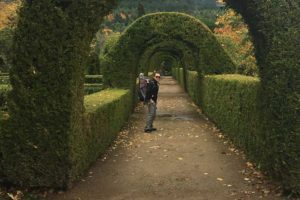
Gardens in Portugal (Photo courtesy of Camille Stevens-Rumann)
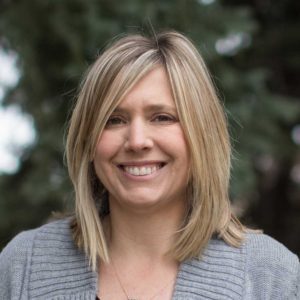 Courtney Schultz
Courtney Schultz
I traveled to Utrecht University, one of the oldest and largest universities in the Netherlands, to participate in the Earth Systems Governance Conference. The Earth System Governance project is the largest social science research network in the area of governance and global environmental change. Colorado State University is an active participant in the project and was a co-host of the conference.
I discussed my research on policy change in U.S. forest management and how it is supporting more adaptive governance approaches. I heard many fascinating talks and discussed the group’s new research plan for the next decade. Before returning home, I took some time to visit the Kroller-Mueller museum, with its extensive Van Gogh collection and 25-hectare outdoor sculpture garden, all situated in one of the Netherland’s national parks. I came back with new ideas, collaborators, and inspiration—such a wonderful opportunity.
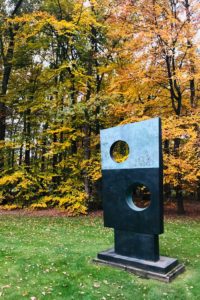
Kroller-Mueller Museum’s outdoor sculpture garden, Netherlands (Photo courtesy of Courtney Schultz)
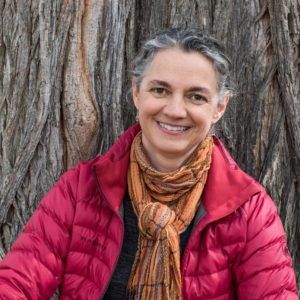 Linda Nagel
Linda Nagel
I presented a paper at the 11th International Workshop on Uneven-aged Silviculture in Valdivia, Chile in November. The conference, which is part of the International Union of Forest Research Organizations, focused on challenges to managing for adaptability. My presentation described the use of uneven-aged silviculture and the role of heterogeneity in meeting adaptation goals as part of the Adaptive Silviculture for Climate Change Network. I attended a post-conference tour that included management of Nothofagus and Araucaria forests of Chile and Argentina.
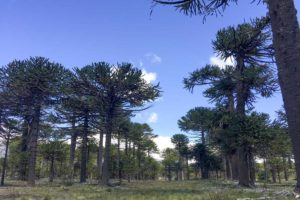
Araucaria trees also known as monkey puzzle trees, Chile (Photo courtesy of Linda Nagel)


